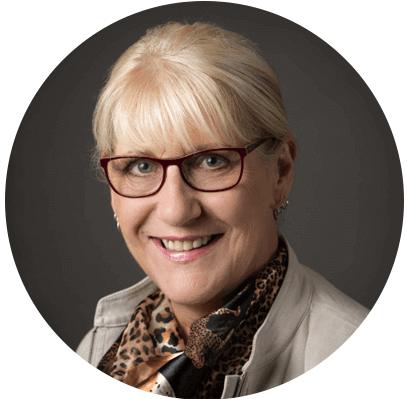How to build a powerful customer engagement strategy
Sebastian Nick
Nov 16, 2021


The whole process of signing up has been easy and friendly and I am really impressed so far. Very good pricing too.



The whole process of signing up has been easy and friendly and I am really impressed so far. Very good pricing too.

